Already a subscriber? Activate your premium account
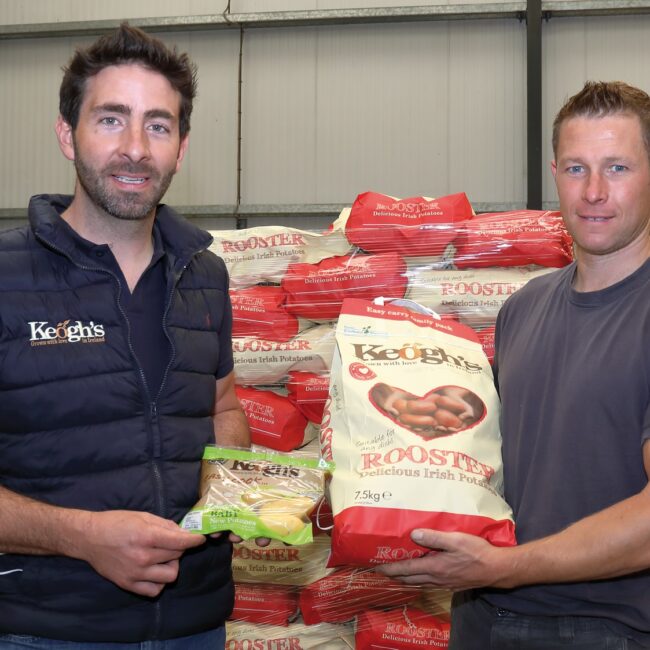
May 16, 2022 | Blogs
Irish crisps produced for America
The Keogh’s family business also has a long tradition. People in the town of Westpalstown have already been active in the cultivation of potatoes for 200 years now. The fourth generation of Keogh’s, consisting of Derek, Ross and Tom, in addition to growing and marketing table potatoes, has been active in the production of crisps…

May 11, 2022 | Blogs
Potato Variety Days 2021: Hans Geling, Schaap-Holland
During the Potato Variety Days 2021, we asked participating breeding companies about the key focus of their breeders in their search for new varieties. In this blog post you may read the answer given by Hans Geling, Director of Schaap-Holland, Biddinghuizen (NL):
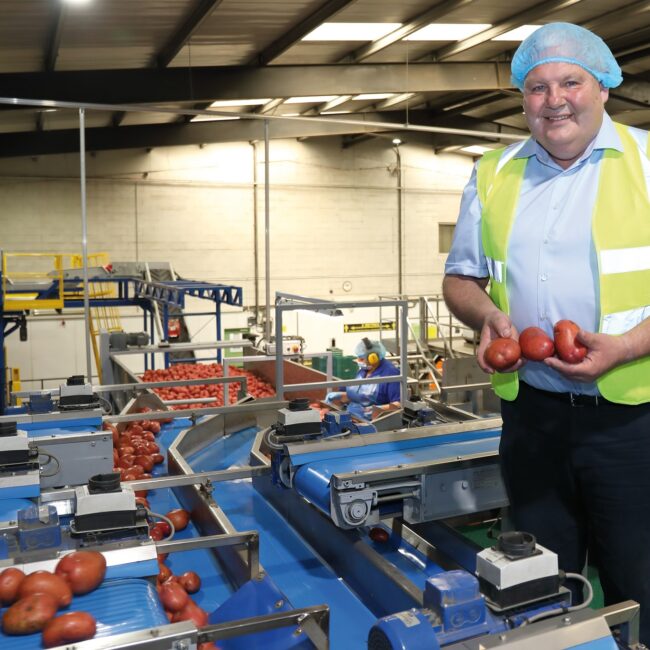
May 09, 2022 | Blogs
Family company Country Crest packages and processes potatoes
One of the local companies that trades both table potatoes and ready meals is Country Crest in Lusk. The third generation is already active in this family business. Today, it’s Michael and his brother Gabriel Hoey who are in charge here.
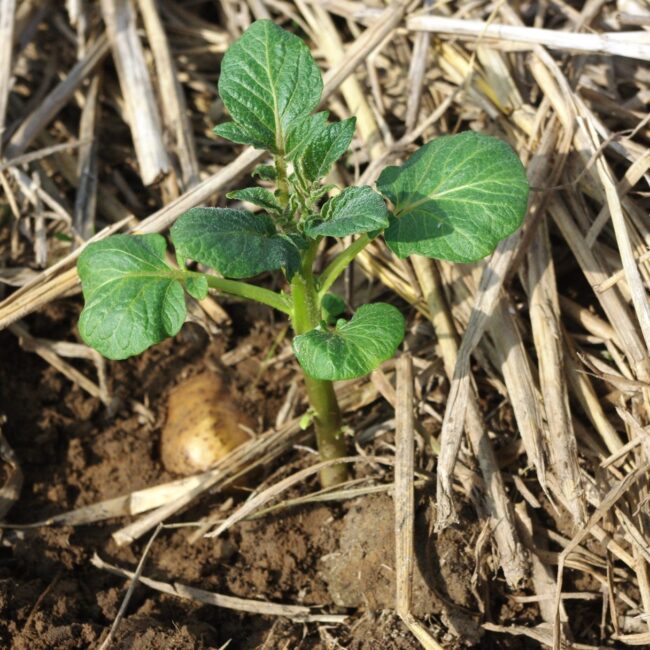
April 11, 2022 | Blogs
Decisions at planting: Potato planting depth and distances
Seed tubers are planted in small holes or shallow planting furrows made by the planting machine. Usually the depth of planting is such that the top of the seed tuber is at the mean soil level. Some varieties with superficially growing tubers or varieties that are sensitive to greening or in soils that easily crack,…
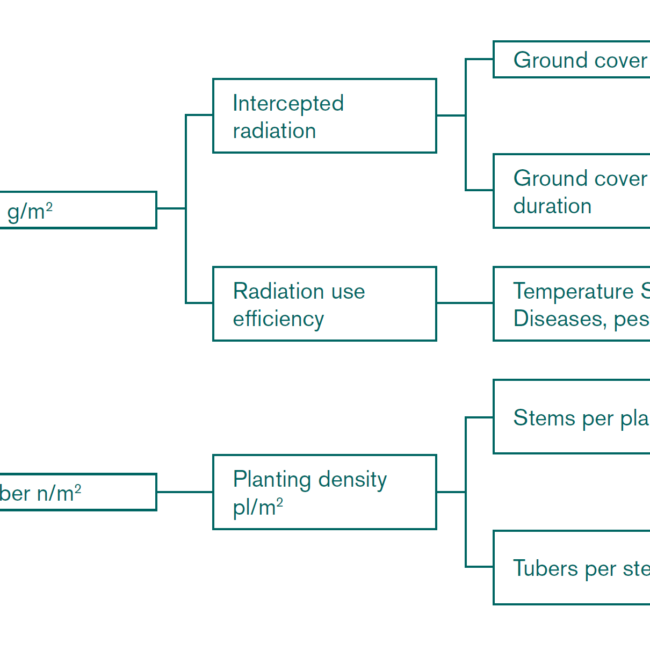
April 04, 2022 | Blogs
Decisions at planting: Plant density of the potato field
When planting a potato field, a certain surface area of skin of tuber is planted on which there are a number of eyes. These eyes produce none, one or two sprouts. Nonetheless, the planting rate is not expressed as the number of potentially stem producing sprouts but as the number or seed tubers and a…
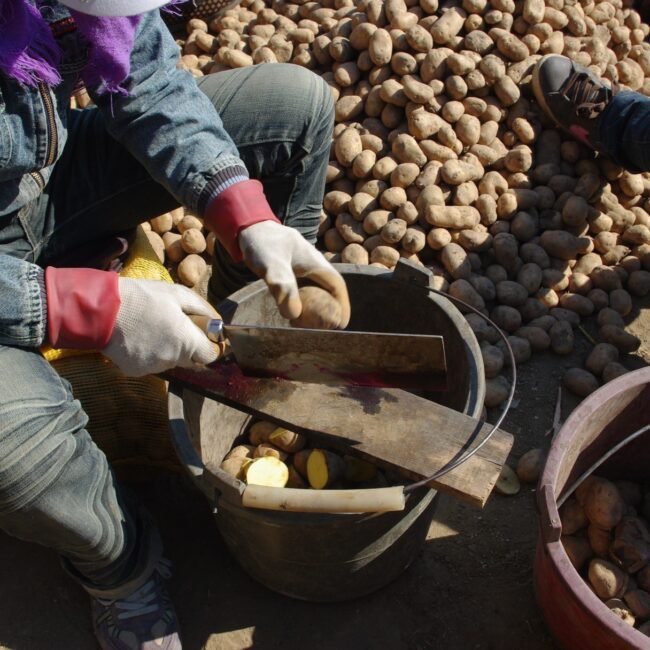
March 28, 2022 | Blogs
Decisions at planting: Cutting of seed potatoes
Seed potatoes, whole and cut, are often dusted or sprayed with a fungicide to protect against black scurf caused by Rhizoctonia solani. The treatment also contributes to the control of silver scurf (Helminthosporium solani) and black dot caused by Colletotrichum coccodes. In the past, mercury compounds were used but this nowadays is forbidden in most countries.…
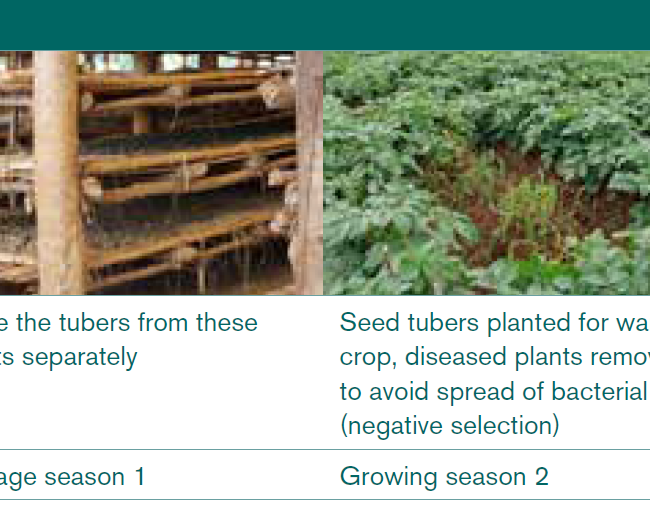
March 07, 2022 | Blogs
Small tubers used as seed in subsistence potato farming
In subsistence farming and in a developing seed system where there is no official certification scheme operating, growers use the small tubers of the harvested crop as seed for the next season.
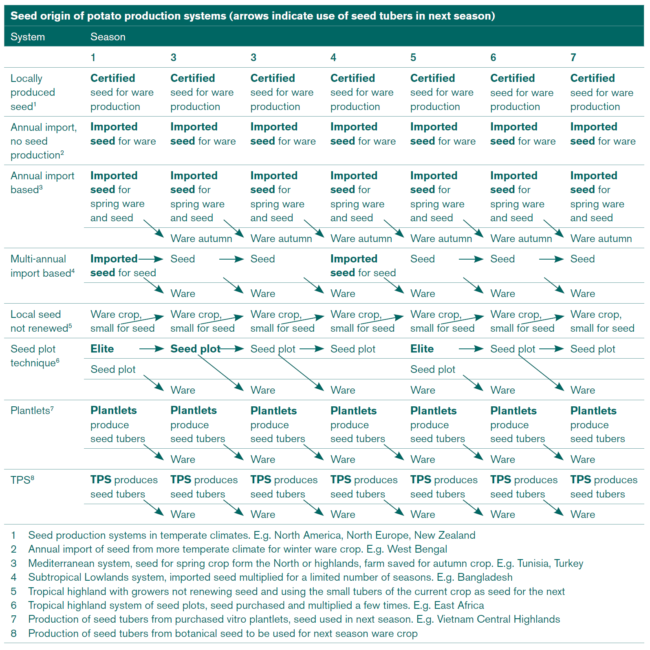
February 28, 2022 | Blogs
Situation-dependent provenance of seed tubers
The provenance of seed for potato planting is situation-dependent. In temperate climates with cool summers, certified seed is usually grown in the same region as the ware crops. Closer to the equator with spring crops or winter crops, seed is imported annually from temperate regions with the most suitable seed-growing conditions such as from the…
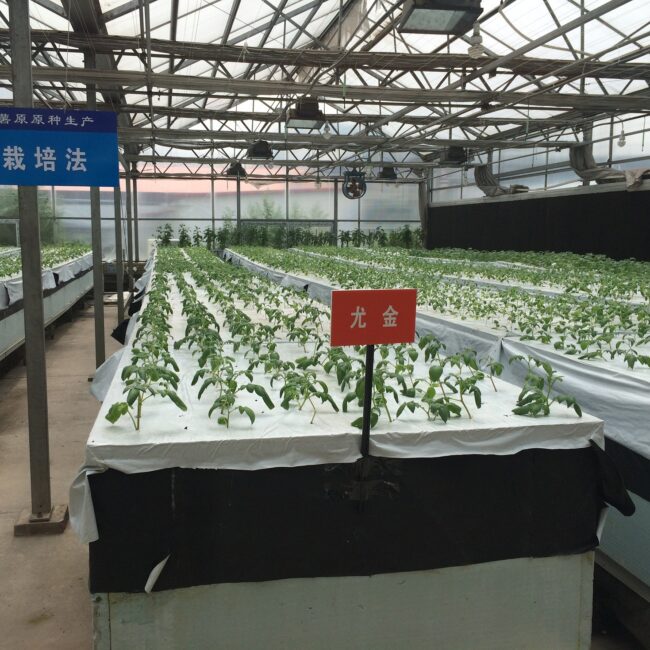
February 21, 2022 | Blogs
Vegetative potato propagation: Rapid multiplication and virus eradication
In rapid multiplication schemes, plants are multiplied by in vitro or in vivo (not in closed tubes or containers) techniques. Cuttings are rooted to allow them to develop into fully grown plants that make tubers, flowers and seeds. Rapid multiplication starts by allowing a tuber to sprout. The top of the sprouts of a few…
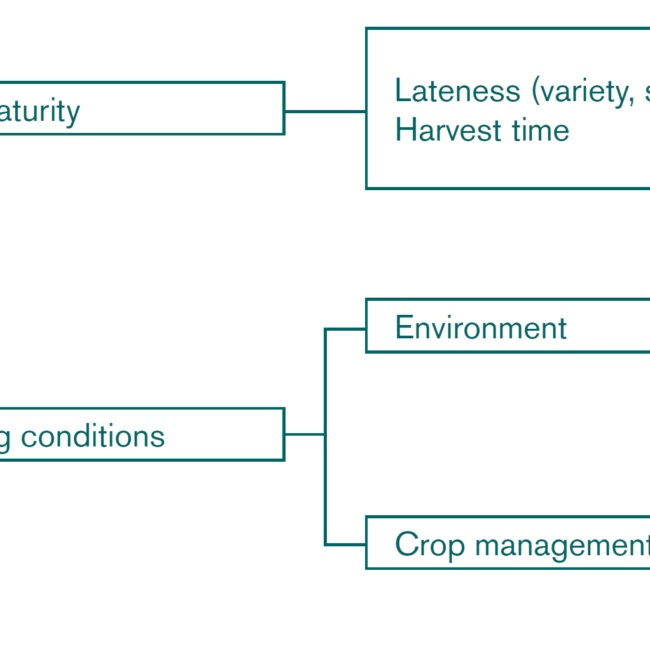
February 14, 2022 | Blogs
Decisions influencing the dry matter concentration of tubers
Different outlets have different optimal dry matter concentrations of tubers. The dry matter concentration of table potatoes in general is lower than that of chipping and crisping potatoes whereas that of starch potatoes is highest. The latter is relevant as less transport of water is cost effective and also reduces the quantity of liquid waste…
©2015 - 2024 Potatoworld | Webdesign and realisation COMMPRO